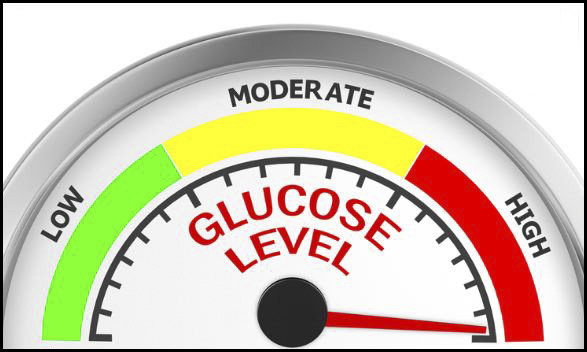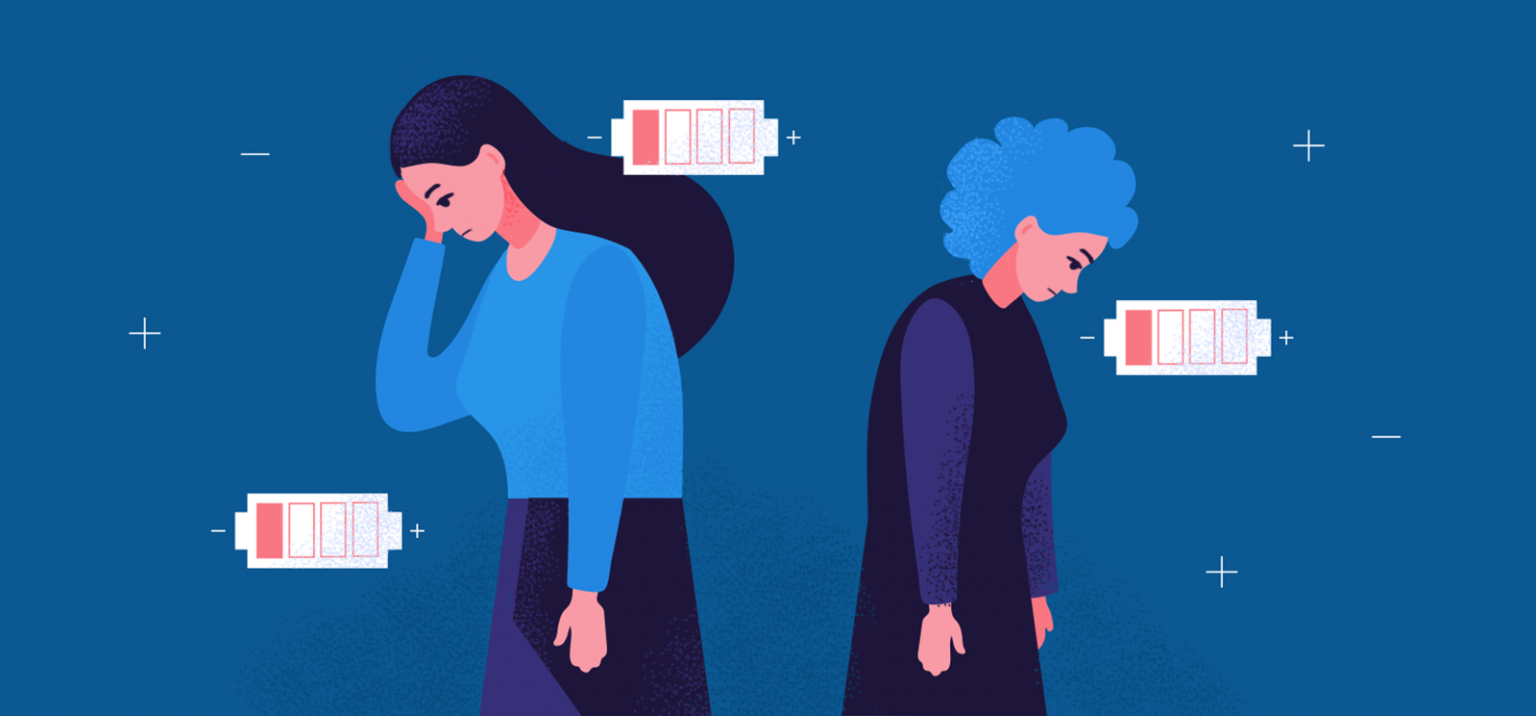
Blood Sugar and Diabetes
Blood Sugar and Diabetes
Blood sugar and diabetes have been shown to be a major cause of aging and various chronic diseases.
The rate of high blood sugar and diabetes is rising in Canada. It was estimated in 2015 that over 9% of the population, or over 3 million people have diabetes. It’s further predicted it will rise to 5 million, or over 12% by 2025.
Research shows that those 20 years of age today face a 50 per cent chance of developing diabetes in their lifetime. (according to the ‘2019 Diabetes Canada Cost Model’)
In 2015 the W.H.O. estimated that 347 million people worldwide had diabetes.
Factors That Lead to High Blood Sugar and Diabetes
There are several causes but lifestyle and genetics play the greatest roles. A combination of these factors can lead to insulin resistance, where the body doesn’t use insulin effectively leading to type 2 Diabetes. Though diabetes can be hereditary it doesn’t mean you will develop it, even though your parents or grandparents had or have it. Genetics only means you potentially have a greater risk. That is the reason for lifestyle choices. With the right choices you may never develop diabetes. There is good news: food choices, physical exercise and observation can help someone manage blood sugar and diabetes.
For example, two people may have identical genetic mutation to diabetes. The one eats well, manages cholesterol and is physically active. The other is overweight, having a high-fat diet with low fibre and is inactive. Who is at the greatest risk? Lifestyle choices plays a major role.
Borderline diabetes, or prediabetes, precedes type 2 diabetes. This means blood sugar levels are higher than normal but not yet considered diabetes. It’s where carbohydrate metabolism is mildly abnormal but other criteria indicating diabetes are absent and where the potential for diabetes is present. This can be managed with lifestyle choices. When unmanaged the risk of becoming type 2 diabetic increases.
What is Insulin Resistance?
Blood sugar or glucose is sugar that the body uses for energy. The body converts carbohydrates to glucose. The amount of glucose in the blood is usually controlled by insulin. With diabetes the pancreas either doesn’t produce enough insulin or the cells will not absorb the insulin that has been produced. This causes sugar to build up in the blood leading to insulin resistance.
Effects of High Blood Sugar
Excess blood sugar (hyperglycemia) for prolonged periods, if not treated, can lead to type 2 diabetes. Diabetes can damage blood vessels to your vital organs. This increases the risk to every organ and system of the body. This will affect the brain, increase blood pressure, heart disease and stroke. There are potential problems with the kidneys, vision and nerves, skin and soft tissues. It can also lead to amputations. Blood sugar, when unmanaged, can become a lifelong condition greatly affecting the quality of life.
Regarding the heart, the higher blood sugar forms fatty deposits on blood vessel walls increasing blood pressure and strain on the heart.
Nerve damage is common resulting in neuropathy. Symptoms range from pain, tingling and numbness in the feet and legs.
It’s important to take steps early to manage blood sugar and diabetes. Early management can prevent or delay the onset of type 2 diabetes. The key is lifestyle choices. The adage, ‘An ounce of prevention is worth a pound of cure’ (or should I say gram and kilo!). Either way, healthy lifestyle choices NOW, is far better than a lifetime of management.
What are Early Warning Signs of High Blood Sugar and Diabetes?
extreme thirst
dry mouth
frequent urination
hunger
fatigue
irritable behavior
blurred vision
wounds that don’t heal quickly
candida yeast infections
How to Know for Sure
A fasting blood glucose test (FBG) will measure the glucose (sugar) in the blood. The normal fasting test is a blood glucose level between 70 and 100 milligrams per decilitre (mg/dL). Prediabetes levels would be 100-125 mg/dL. Greater than 126 mg/dL indicate diabetes.
Another test is hemoglobin A1C, that show a 3-month average of blood glucose attached to the hemoglobin of the red blood cells. This test doesn’t require fasting. Your fasting blood sugar may rise and fall, but overall blood sugar may be normal. This is a good test for diagnosing prediabetes.
Other Factors that Affect Blood Sugar?
Stress can cause temporary increase in blood sugar. Also stress due to illness, trauma or surgery.
Sugar-free foods can be deceptive. They can be full of carbs they will raise blood sugar. Check the ingredients.
Bagels have more carbs and calories than bread.
Sports drinks, some can equal pop in sugar content. You can buy electrolyte powders with 0 carbs and 0 sugar. They are healthy and taste good.
Medications can also changes blood sugar levels. Meds like corticosteroids, diuretics, hormone therapy, some antidepressants and more. Decongestants with pseudoephedrine or phenylephrine can raise blood sugar. Be aware of this side effect and try a natural approach, rather than add an additional medication to manage sugar.
Who Is at Risk for High Blood Sugar and Diabetes?
those over age 45 (approximately 25% of adults over 60 having already developed diabetes)
those who are overweight
those who are inactive
those who smoke
those who have a family history of diabetes
those who have high blood pressure
those who have abnormal cholesterol levels
those with a history of insulin resistance
What About Prescriptions like Metformin? (Glucophage, Glumetza, others)
This is usually the first medication prescribed to type 2 diabetes patients. It works in the liver to lower glucose production. It also improves the body’s use of insulin by increasing sensitivity. The brand claims it is “effective, safe and inexpensive”. Though…there are side effects.
Common side effects of metformin:
- Heartburn
- Stomach pain
- Nausea or vomiting
- Bloating
- Gas
- Diarrhea
- Constipation
- Weight loss
- Headache
- Metallic taste in the mouth
- Decreased vitamin B-12 in the body
- Increased risk of hypoglycemia (low blood sugar)
- Increased risk of lactic acidosis
Natural Approaches to Blood Sugar and Diabetes
When making food choices refer to the GLYCEMIC INDEX. The glycemic index (GI) is a scale that ranks foods and drinks by how much they affect your blood sugar levels after consumption. Foods with a high GI increases blood sugar higher and faster than foods with a low GI.
Dietary Suggestions
There is much information already available on-line so I’ll focus on some principles to keep in mind.
For greater success, measure your food choices against the GLYCEMIC INDEX mentioned previously.
The Mediterranean Diet is a lifestyle based on the foods of the countries surrounding the Mediterranean Sea. They focus of foods high in vegetables, fruits, whole grains, beans, nuts and seeds, and olive oil, with moderate dairy. Meat choices are fish and poultry with limited red meat (meat with 0 legs, 2 legs then 4 legs).
Fibre is important for managing blood sugar. Fibre slows absorption thereby improving blood sugar levels. There are two forms: soluble and insoluble. Soluble fibre absorbs excess sugars, waste from the liver and dietary cholesterol. Insoluble fibre keeps the pipe clean.
Fibre Interview: With Sara Celik, ND
Natural Supplements to Help Blood Sugar and Diabetes
Supplements and herbs can help and keep us on the right side of the sugar line.
Some customers use a single element for blood sugar management. Others will use a product formulated with a blend of several known herbs and elements. It’s finding what works for you. Whatever you start with will not be a mistake, the key is to start. Here are some suggestions.
Gymnema:
Gymnema is used for diabetes by lowering blood sugar, reducing the amount of sugar absorbed by the intestines and stimulating the release of insulin in the pancreas. Gymnemic acid molecules fill the receptor locations in the intestine thereby preventing the sugar molecules from being absorbed. This prevents sugar molecules from accumulating in the body. The Hindi name, gurmar (gymnema), means “destroyer of sugar.”
Cinnamon:
A 2013 meta analysis (a review of 716 studies) of cinnamon revealed 9 specific health benefits. Anti-diabetic, anti-oxidant, anti-inflammatory and anti-bacterial are some of those benefits. Cinnamon helps to lower insulin resistance. One study also showed an 18% reduction in cholesterol.
Berberine:
Berberine is shown to regulate blood sugar having a hypoglycemic (lowering) effect. Two 3-month trials, group A with 36 adults and group B with 48 adults, showed significant decreases in blood sugar, total cholesterol and LDL cholesterol with results observed within one week.
Bitter Melon:
Though known by different names it comes by its name honestly, becoming more bitter as it ripens. There are anti-diabetic properties in bitter melon. ‘Charanti’ lowers blood sugar and ‘polypeptide-p’ acts like insulin to help glucose enter the cells.
Alpha Lipoic Acid:
Diabetic neuropathy is the feeling of tingling and numbness. This is due to the micro blood vessel damage and oxidative stress that restricts oxygen to the nerves. Alpha lipoic acid increases glutathione (an anti-oxidant) to help with the oxidative stress. It further contributes to improved blood supply and reduced nerve damage. Alpha lipoic acid also helps to stimulate nerve-growth-factor and promotes fibre regeneration improving motor-nerve conduction and protection.
Apple Cider Vinegar:
ACV has been used for centuries in both medicine and cooking. Studies reveal that consuming ACV during a high carb meal improves insulin sensitivity between 19% and 34% and lowered blood sugar up to 31%. Another study found a 4% reduction in fasting blood sugar the next morning when taking 2 tablespoons of ACV before bedtime.
Mulberry:
A 2017 study confirmed previous studies that mulberry demonstrated anti-diabetic properties.
Chromium and Vanadium:
Increased chromium concentration improves blood sugar and lipid metabolism. This reduces cardiovascular risk. Studies with vanadium found blood sugar levels were normalized with a slight increase in insulin sensitivity.
Garlic:
Studies and current data confirm that garlic supplements support healthy blood sugar levels along with managing total cholesterol. Improvements in blood sugar were seen in 1-2 weeks. There was evidence of the sustained effects of lowering insulin resistance.
Fenugreek:
Has been used in India as a diabetic treatment. Fenugreek delays the absorption of ingested sugar. It contains an alkaloid with hypoglycemic properties (lowers blood sugar). An amino acid (4-OH Ile) signals the pancreas to produce and release insulin.
In Summary of Blood Sugar and Diabetes:
As stated at the beginning, there are several causes with lifestyle and genetics playing the greatest roles. A combination of these factors can lead to insulin resistance, where the body doesn’t use insulin effectively. This can lead to type 2 Diabetes. Though genes associated with diabetes can be hereditary it doesn’t mean you will develop diabetes. Even though your parents or grandparents had or have it. Genetics only means you potentially have a greater risk. That is the reason for lifestyle choices. With the right choices you may never develop diabetes.
The good news is, food choices, physical exercise, weight management and observation can help someone manage blood sugar levels.
The Healthy Habit
Helping You…Help Yourself…With Your Health
Visit us at 451 St. Clair St., Chatham


